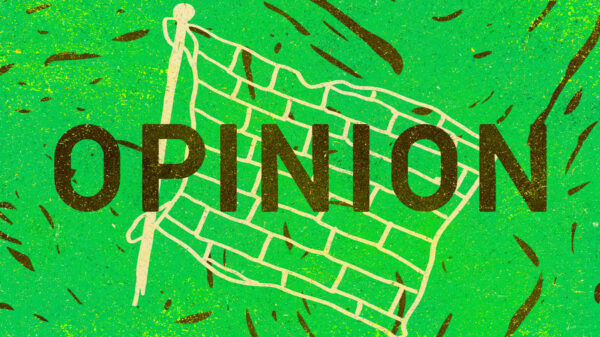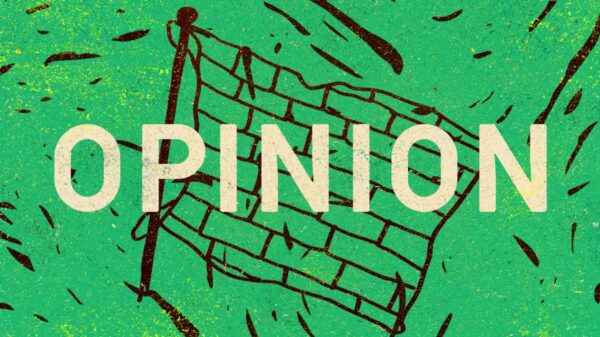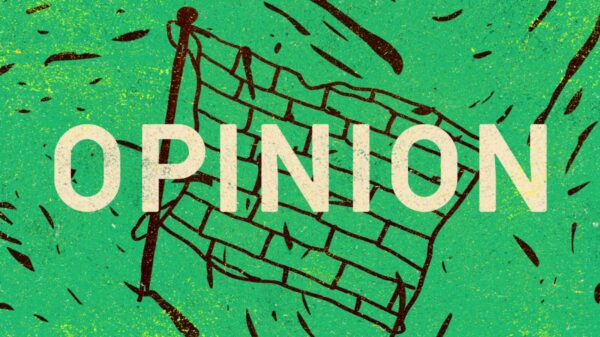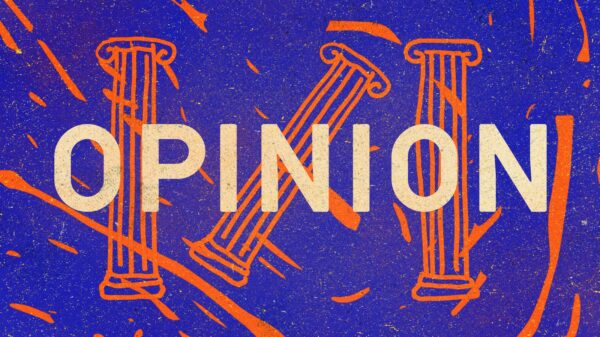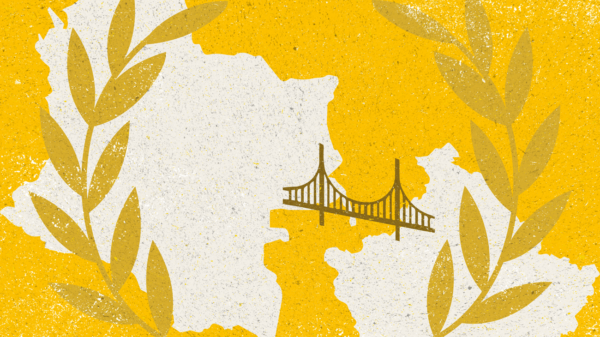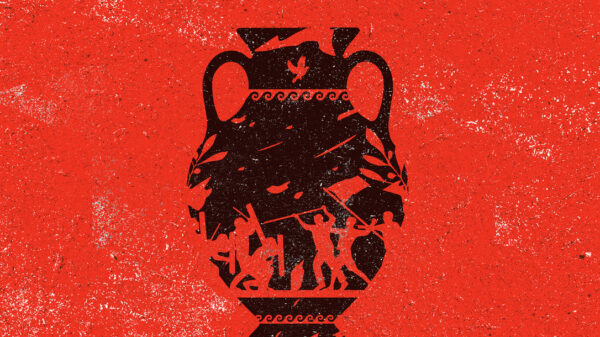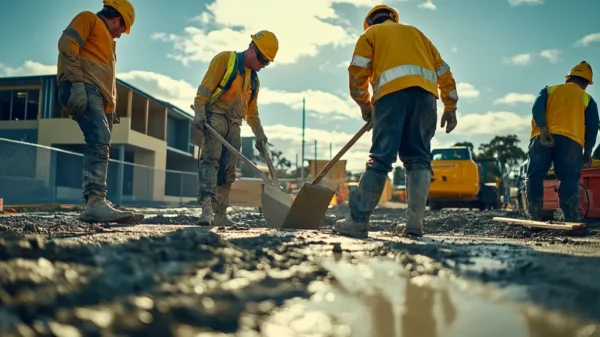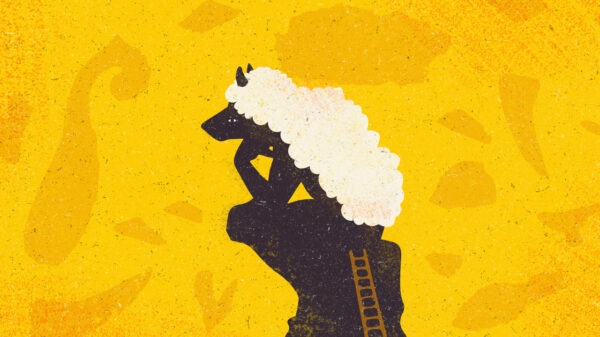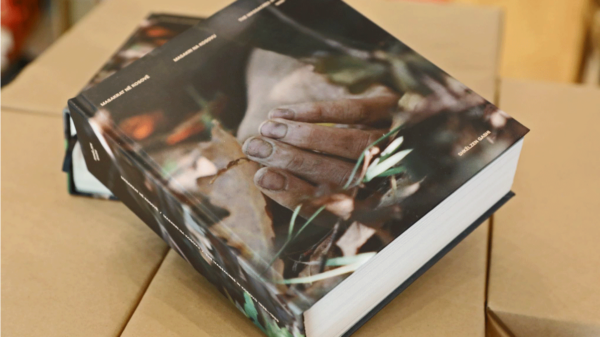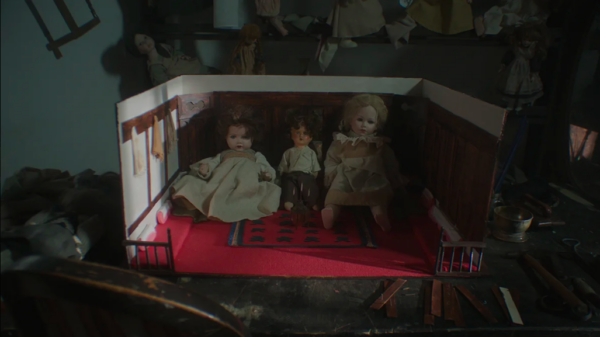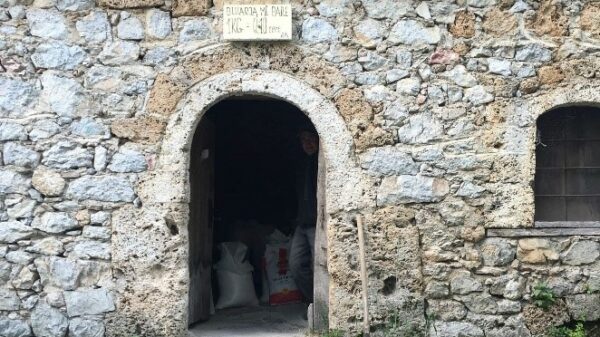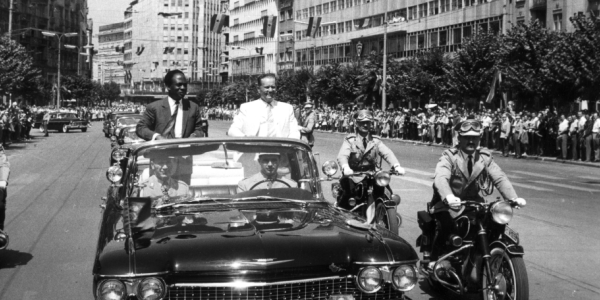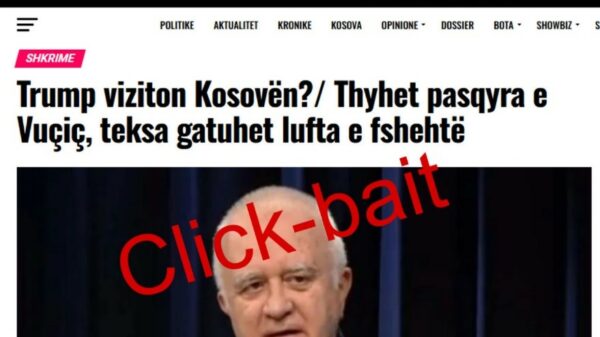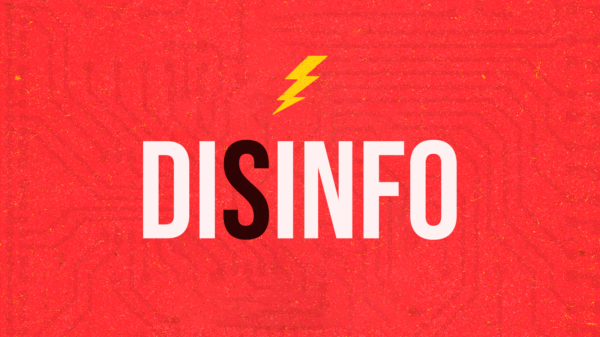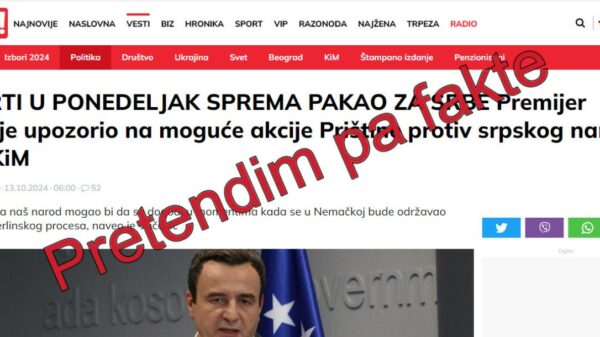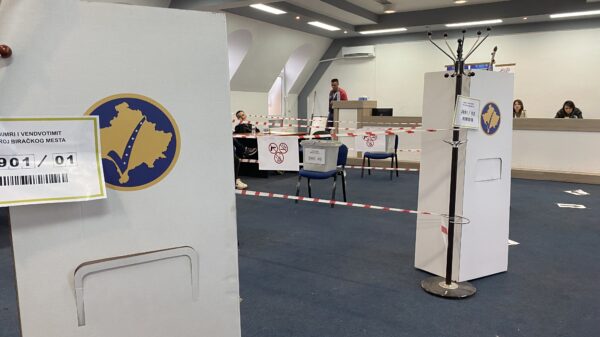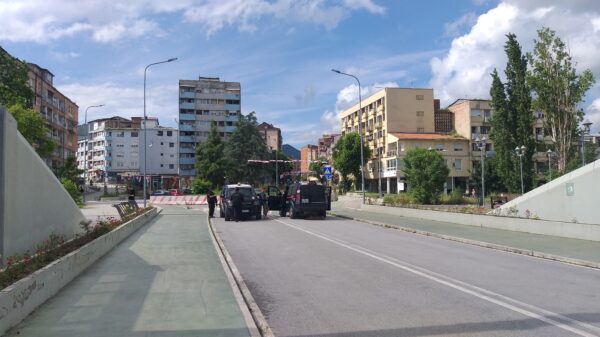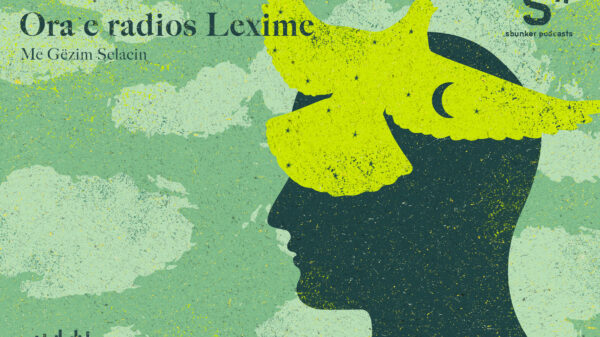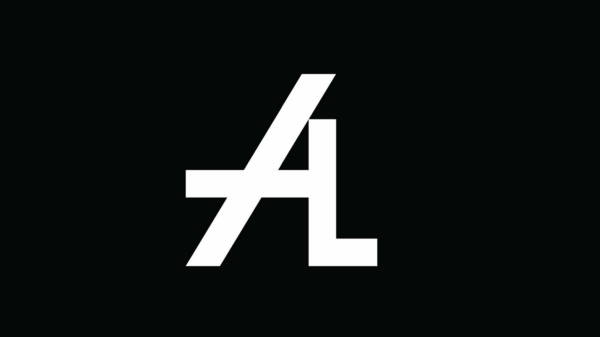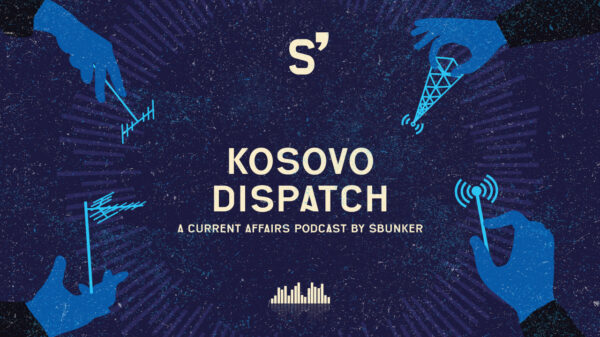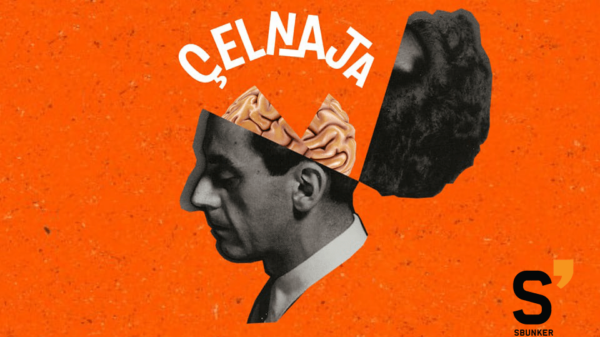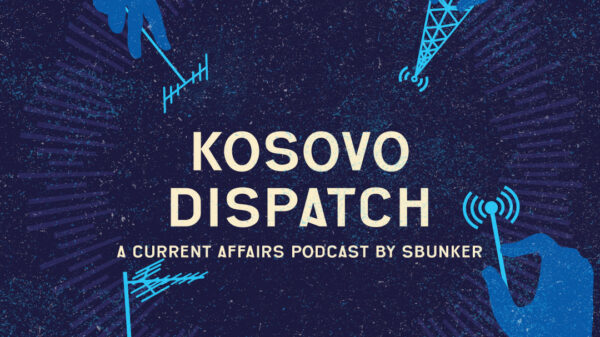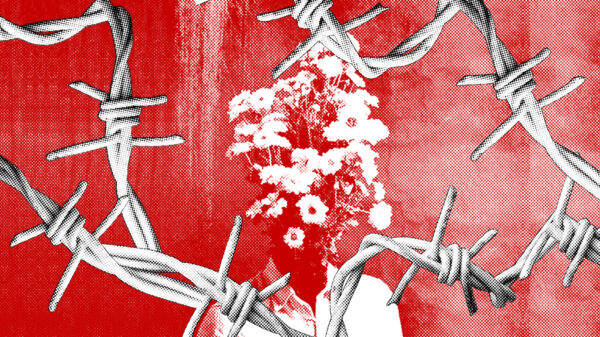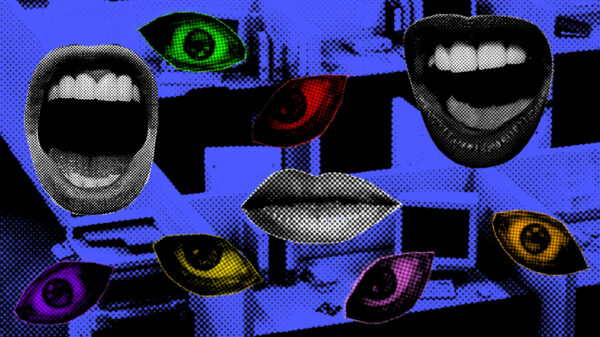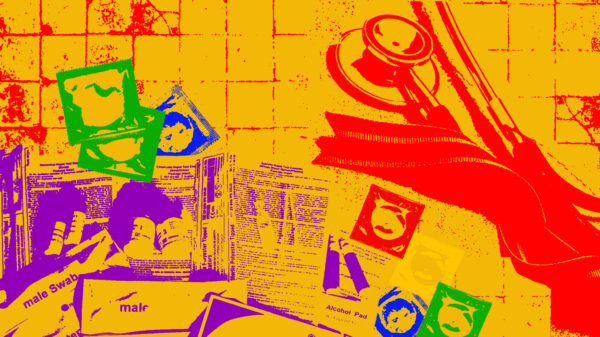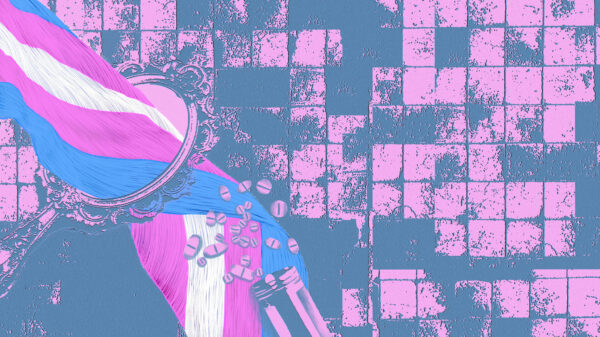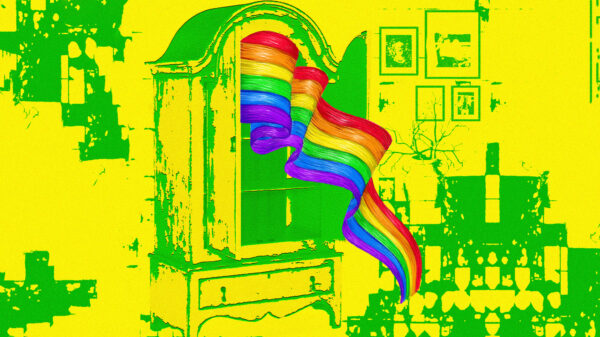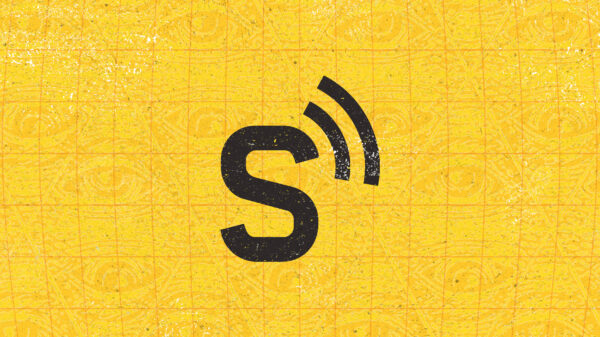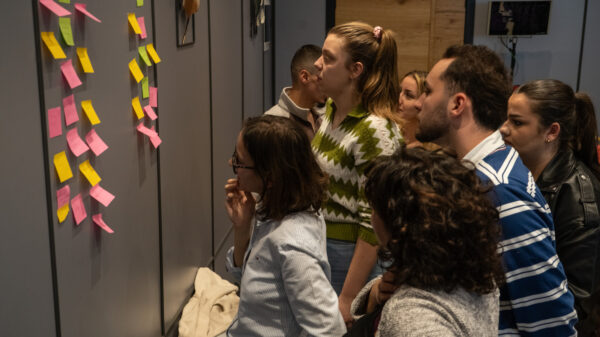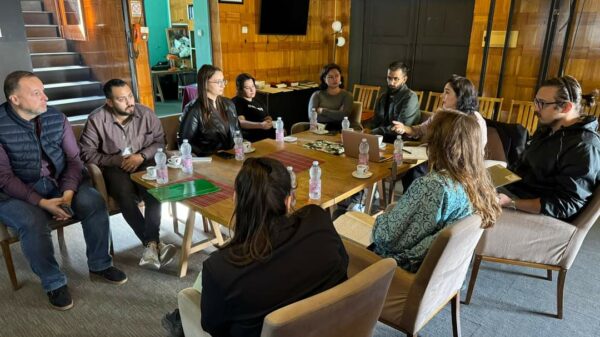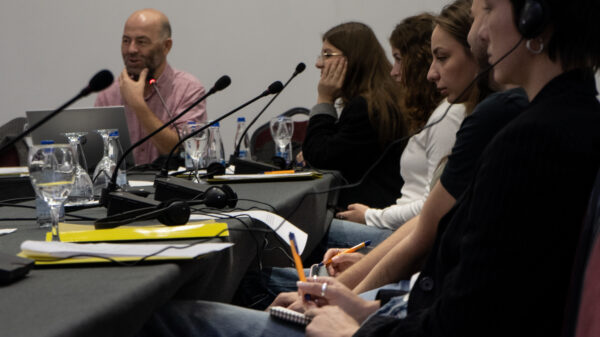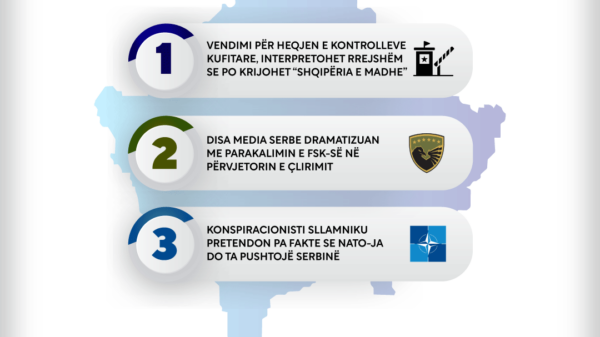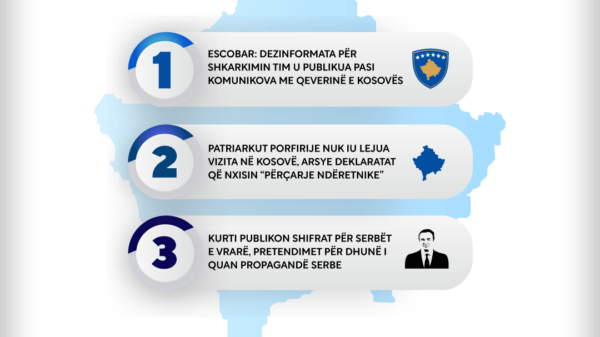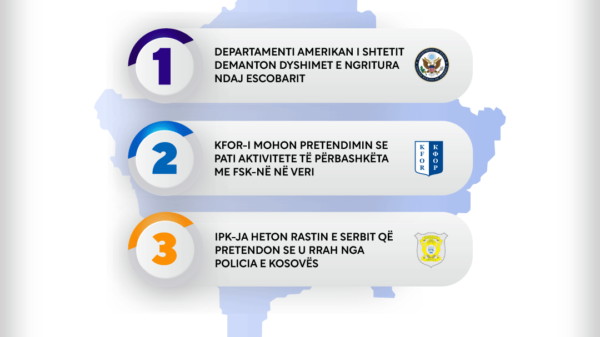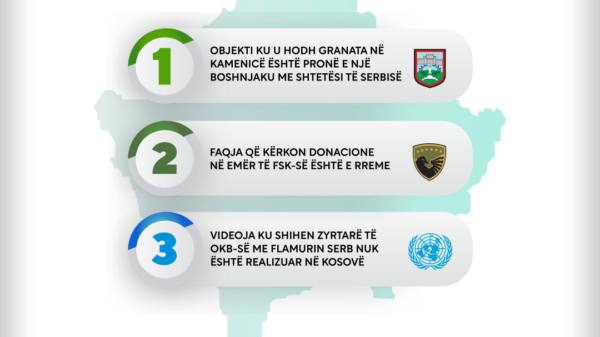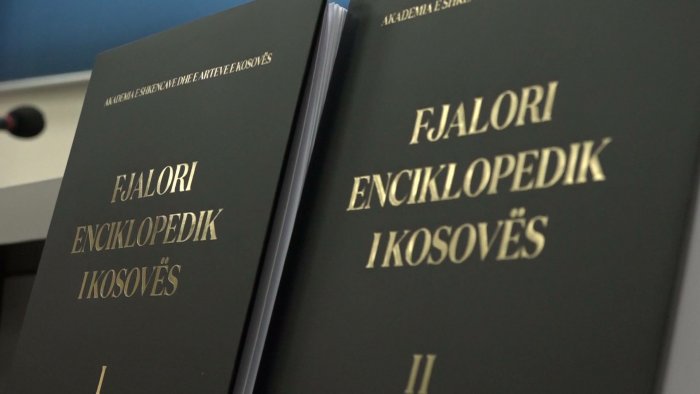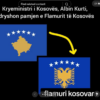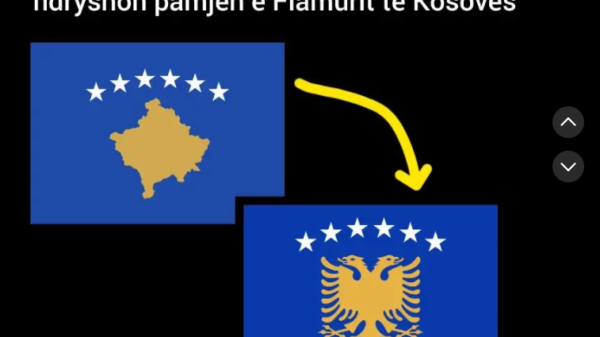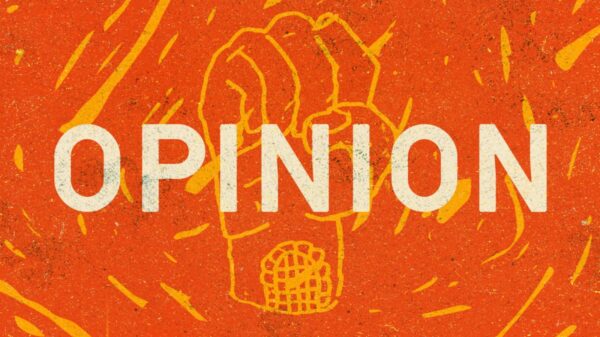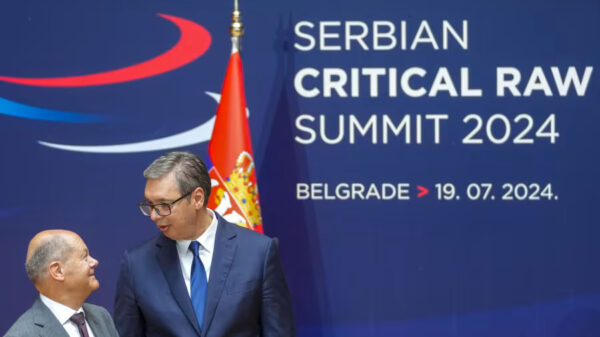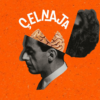In 2011 the Academy approved the project “Encyclopedia of Kosovo”, which was to be implemented in two phases, the publication of the Encyclopedic Dictionary of Kosovo and then the Encyclopedia of Kosovo. During 2012 The Board, The Council, and the Main Editorial Team were appointed and 24 editorial teams were constituted; and during 2014-2015 around 500 various authors from the field of science and academia were hired to compile files, which were in turn submitted to further procedures of editing in three phases. Although it was expected to be published in 2016, The Encyclopedic Dictionary came out only in 2018. However, the key issue here is that it never became clear what was the entry criteria for individuals, events, phenomena, and other institutions into the Dictionary.
I have been working on a project for years intending to document all the massacres committed in Kosovo during 1998-1999. This project will result in a book that is objective, regardless of victims’ ethnicity, religion, gender, age, or political convictions. I have based my research on local, regional, and international newspapers of the time, on local and international NGO reports, local and international court rulings, as well as various local and foreign books and monographs. As far as books and monographs are concerned, I look into, among other things, how these massacres are presented in the Encyclopedic Dictionary of Kosovo during 1998-1999. I was shocked by how these massacres were presented in a publication produced by Kosovo’s highest science institution. Here are some of the key findings:
First, in the Encyclopedic Dictionary of Kosovo, drafted by the Kosovo Academy of Sciences and Arts, are presented roughly only 30 massacres committed by the Serbian-Yugoslav military and police forces during the war in Kosovo. This means that more than half of the massacres committed by these forces were not included at all. As an example, I will take into consideration two municipalities in Kosovo: Gjakova and Rahovec, that suffered the most massacres and casualties.
In the municipality of Gjakova are mentioned three massacres committed in the villages of Meje, Goden, and Rogova. Missing is the massacre in the village of Duzhnje (27 March 1999), where 9 innocent Albanian civilians were killed, and the massacre in Kralan (2-4 April 1999), where 84 innocent Albanian civilians were killed. Missing are also all the massacres committed in the city of Gjakova, including the one on 27 March 1999, where 20 innocent Albanian civilians were killed, and the one on 1st and 2nd of April 1999 where 20 innocent Albanian civilians were killed in the Vejsa family home, the one on 7th of May 1999, were 39 innocent Albanian civilians were killed, and on the 10th of May 1999 were 48 innocent Albanian civilians were killed. In the municipality of Rahovec, only three massacres are mentioned: in the villages of Celina, Krushe e Madhe and Pastasella. Missing is the massacre in the village of Bellacerke (25 March 1999) where 60 innocent Albanian civilians were killed; the massacre of Brestoc (25 March 1999) where 43 innocent Albanian civilians were killed, and the massacre of Nagavc (2 April 1999) were 34 innocent Albanian civilians were killed.
Second, in almost all of the massacres included in this Dictionary the data on the number of victims is incorrect. As an example, let us take a look at four massacres that are presented more broadly in this publication, including photos: Recak, Izbica, Meja, and Dubrava. It is said in this Dictionary that in the massacre of Recak “42 civilians were executed”; in the massacre of Izbica it is said that “114 civilians were executed”; in the massacre of Meja “at least 376 Albanian civilians disappeared, were killed, and massacred”; whereas in the Dubrava massacre “around 170 Albanian prisoners were executed.”
However, according to the Humanitarian Law Center, which is the only organization that has carried out the registration of the individuals murdered in Kosovo, it is said that on the 15th of January 1999 in the village of Recak 51 Albanians were killed (37 of them civilians and 14 armed), on the 28th of March 1999 in the village of Izbica 118 Albanians were killed (116 civilians, 2 armed), on the 27th of April 1999 in the village of Meje and the surrounded villages 372 Albanians were killed (353 civilians, 19 armed), and during 21-23 of May 1999 in the Dubrava Prison 103 Albanians were killed (53 civilians and 45 armed).
Third, the Encyclopedic Dictionary of Kosovo does not have the relevant data for the massacres that were included. For instance, it is not explained when and where exactly these massacres were committed, how were they committed, why and who committed them (police forces, military units, paramilitary forces, or even all of them together), were there trials about them in UNMIK and EULEX courts, or local courts in Kosovo and Serbia, or the International Criminal Tribunal for Yugoslavia; and if there were trials, was anyone convicted, what was the conviction, and so on.
Fourth, from the massacres included in the Encyclopedic Dictionary of Kosovo, only 4 are accompanied with photos (Dubrava, Izbica, Meja, and Recak). Understandably, such a dictionary cannot include photos for each massacre, but even the photos that are selected are not representative of the massacre, are of extremely low quality, and the authors of these photos are not mentioned, which constitutes a violation of copyright.
Finally, it must be said that although there are plenty of other misgivings that cannot be detailed within the scope of this article, it is unforgivable for the Academy – Kosovo’s highest science institution – to have such an unbecoming presentation of the massacres that were committed during 1998 - 1999 in Kosovo by the Serbian-Yugoslav police and military forces. In addition to this, the Academy must promise publicly that it will not republish this dictionary as it is currently, and in no way translate it into English. If it does not make this pledge, then the institutions that supervise and finance it should stop the republication.




